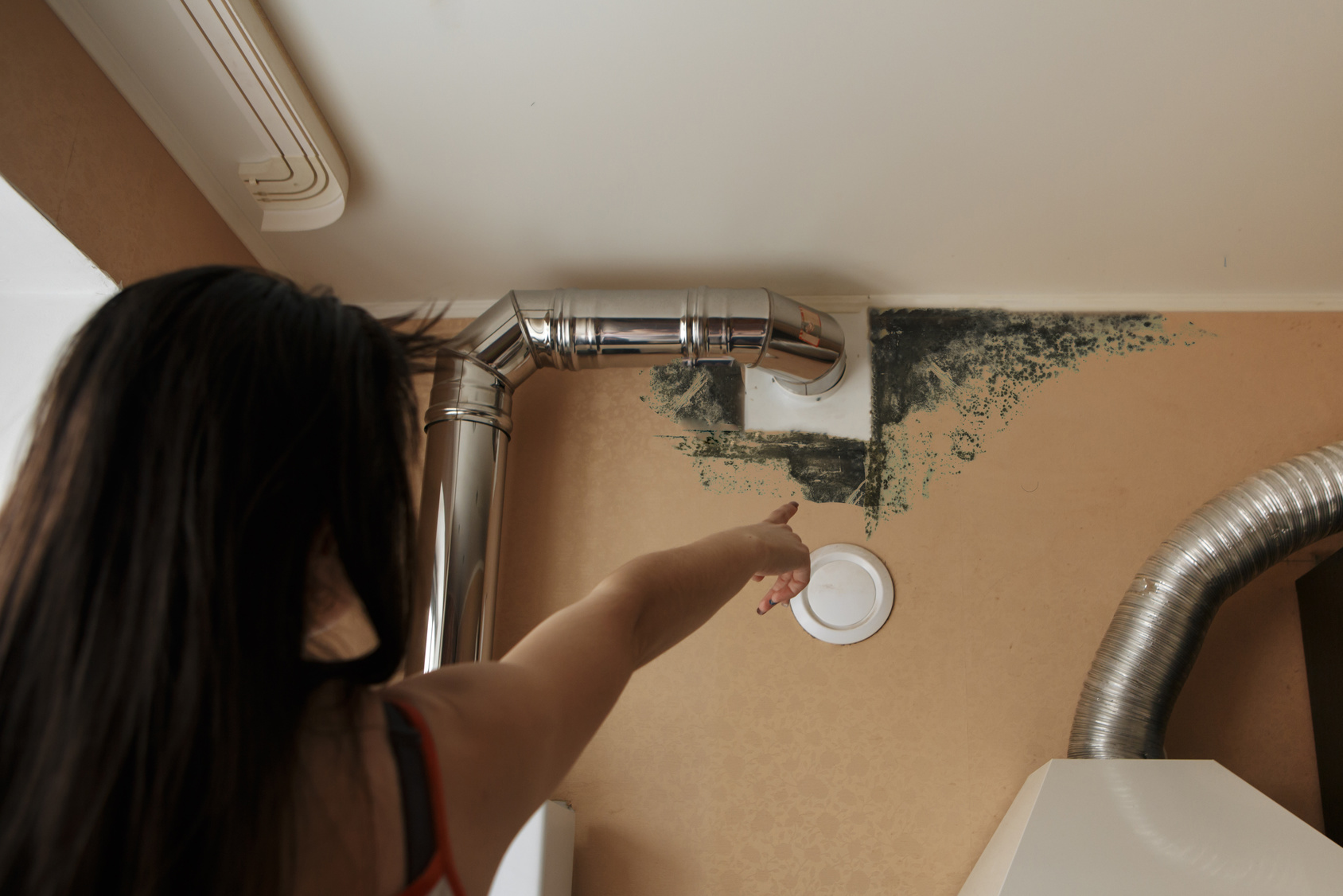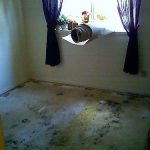When you find mold growing in your home, it is a concerning issue for a variety of reasons. Exposure to mold can cause people to suffer from health problems, such as allergies and infections. Prolonged exposure always increases the risk of these health effects and can make them worse. If there’s mold growth in your residence, then this means there may be a water problem that caused the mold to develop. The mold growth itself also damages your property.
What Causes Mold Growth?
Mold spores are naturally present in the air, but with moisture and a food source, these spores will be triggered into causing mold growth in your home. That said, mold is commonly a result of water damage, because water damage provides the moisture (water) and food (organic materials often found in common building materials) needed for mold growth.
What Kinds of Problems Does Mold Cause?
Because of the issues that mold can cause to you, your family, and your home, it is essential to get mold damage addressed immediately. The longer the damage goes untreated, the worse it will get. Unfortunately, it can be expensive to fix such a problem, and it can be even more costly depending on the source and extent of the damage. Insurance can help cover these costs, but this is only true for some situations. That said, you need to have a thorough understanding of your homeowner’s insurance and how it covers mold.
Continue reading to learn more about how homeowners insurance covers mold damage.
When Does Homeowners Insurance Cover Mold Damage?
Generally speaking, home insurance policies will cover mold damage if the source of the mold is covered in the policy. In such a situation, your insurance will cover the costs for the mold remediation.
For example, if the washing machine in your home malfunctions and causes water damage that leads to mold, then your insurance will cover the damage and repair costs if appliance malfunction is included in your coverage. You just need to file the proper claim for your insurance company to cover it. The aforementioned scenario is an example of “sudden and accidental” incidents, which are things that are out of your control, and these are included within standard home insurance policies.
However, mold removal costs will likely not be covered in its entirety by your insurance provider. Mold remediation can cost up to $30,000 depending on the severity of the situation. Insurance companies are aware of how expensive it can be to address mold damage. Knowing this, many providers limit the amount of coverage they provide. The maximum mold coverage they pay for can be as little as $1,000 or as much as $10,000. If you would like more coverage for mold, then you can pay for additional policies, but this can prove to be difficult if you live in humid climates that are more prone to mold growth.
When Is Mold Damage Not Covered by Homeowners Insurance?
Your home insurance policy will not cover any mold damage in your home if the source of the mold is not covered in your policy. Additionally, insurance typically does not cover any mold damage caused by preventable maintenance problems.
For example, if your roof has broken or missing shingles, then it may allow water to enter your home. This causes part of the structure to suffer water damage and if it goes untreated long enough, it can lead to mold growth. This scenario would most likely not be one that is covered by your insurance. This is because of the preventable nature of the situation.
If you had taken the time to replace the damaged shingles, then you could have stopped the water and mold damage from ever happening. Furthermore, your insurance expects you to take care of your home and conduct the proper maintenance to keep it in good shape. That said, if you fail to make necessary repairs or install essential replacements to prevent damage, then your insurance provider sees it as negligence, which isn’t covered.
However, there can be exceptions to your coverage, so you should take a look at your homeowner’s insurance policy to see what exactly is included.
Where to Get Mold Removal Help
If you notice any mold growth in your home, then you need to get immediate help from a mold removal professional. The sooner you get help, the sooner the damage can be contained and prevented from worsening. In addition, you want to limit any exposure to mold so that you and your family do not end up suffering from related health issues.
With professional mold remediation services, technicians will contain the mold to the affected area to prevent it from spreading further and worsening the damage. If water damage is involved, then professionals will work on fixing that, too. Technicians also address the source of the mold to completely prevent it from returning and causing more harm. Any damaged materials will be restored, repaired, or replaced.






